Grid Assisted Electricity
One hundred years ago receiving your electricity from the electric grid was a goal for everyone. Forty years ago, many people got interested in being independent of the electrical grid. Recently, the idea of being grid-tied has gained acceptance. In this article I am going to propose a new idea which I have decided to call grid-assisted. If this idea interests you, I would like to hear from you.
The concept is simple. It means that you live operating as self-sufficiently as is practical from the electric grid, using it when it is to your benefit. Depending on where you live and how reliable your electric grid is, the practicality of this approach can be anything from interesting to the solution. In order to understand why this is a good thing, let's look at a bit of history.
Electrical Power Approaches
Before there was an electric grid, the only way you had to meet your electrical needs was batteries. This meant either primary batteries which you would discharge and then replace or a rechargeable which you would discharge and then take to where it could be recharged. The inconvenience and expense of this approach made the idea of electricity brought to your house — i.e., a grid connection — highly desirable.
In Queensland, Australia, grid connections sprouted up in Brisbane from1883 and rural electrification got serious with Charters Towers receiving electricity supply in 1897, Rockhampton in 1898, Toowoomba in 1905, Warwick in 1912 and Ayr was supplied in 1914. A number of coal mines in the Ipswich district were generating electricity by the early 1900s as well. Today, while there are still areas where you can be away from the electrical grid, the reality is that most people have a grid connection or at least the option to have one.
Even though many people resisted the move to the grid; the main problem with being off-grid 40 or 50 years ago was technology. Producing electricity suitable for home use was expensive. Conventional methods such as fuelled generators could not compete with grid prices and alternatives such as solar photovoltaic’s had prohibitive costs.
On the consumption side, demand remained high because of technology as well. For example, incandescent lighting was the norm and many electronic devices still used vacuum tubes. Modern technology such as light emitting diode (LED) lighting and solid state electronics makes much lower demands possible.
A newer mainstream approach is what is called grid-tie. With this approach, your house locally produces power (generally using PV solar panels) but operates symbioticly with the traditional electrical grid. That is, you produce conventional power (120 or 240V AC, 60Hz for example).
A device called a synchronous inverter synchronizes the power you generate with the electrical grid. The rest of your system is conventional. That is, your house is otherwise exactly like an on-grid house, The benefit is financial—your electrical bill is reduced because you use less net energy from the grid.
The big disadvantage of a grid-tie system is that you must have an active grid connection. If the electric grid goes down, you no longer have electricity. While this may seem strange as you are producing power, safety considerations make this the case. Thus, grid-tie systems do nothing to address loss of power due to the failure of the electric grid.
Grid Assisted
I propose a grid assisted scenario as a solution to all the shortcomings of current approaches and more. I suggest that it is more flexible in meeting your needs, easily customizable as needed, lower in cost than any other approach and easy to understand. It can be done today with currently available components but would benefit from new devices which could be specifically designed and marketed for use in grid assisted systems.
The only shortcoming of this approach I can find is that it is not likely to gain favour with companies with a vested interest in the current electrical grid approaches. You see, it will decrease their opportunity to increase profits.
Let me explain how a grid assisted system would work. The concept is very simple. Details will vary depending on your needs and the flexibility encourages this. I am going to use the electrical system of your car as a way to introduce the concept.
In your car, you have a battery, an alternator to charge the battery when your motor is running and an assortment of devices which run off the electrical system. Think of your alternator as the equivalent of an electrical grid connection.
When your motor is not running you can listen to the radio, operate your lights and such. They are powered by the battery. While the length of time these devices can be operated is limited by the capacity of the battery, they all function without input from the grid, your alternator.
That's it. That is the 12 volt equivalent of what I am suggesting as a grid assisted system. If you think about it a bit, you could customize this system by adding a larger battery so devices could be run independently for longer periods of time and other sources for charging the battery including PV solar and an AC-powered battery charger could be added. The system could easily be customized to meet your needs. While this may not sound practical for a car, this is how a typical system on a sailboat operates.
Let's move the concept from a 12 volt car to your house. While operating some devices (such as LED lighting) directly from 12 volts may make sense, you probably own many 240V devices such as your coffee maker, other kitchen appliances and tools such as an electric drill or saw. While there are 12 volt alternatives to many of these devices, being able to move to grid-assisted with the minimum of cost and life changes is the goal. Thus, the first new ingredient we need is an inverter.
An inverter is a device that converts direct current to alternating current. For our grid assisted home, we will want one that runs on a relatively low DC voltage (while 12 volts like your car is a choice there may be reasons to go with a different voltage) into 240 volts AC. Such devices do exist. On the low end, there are small units which plug into your car cigarette lighter allowing you to run low-power AC devices (an electric razor, radio and such).
There are devices which connect directly to your car battery and produce 2000 watts and more. While I don't see these as the right long-term solution for a grid assisted house, the technology does exist and for a minimal investment you could start converting to this approach. Let's just say there are current solutions. I will get into the details of better alternatives later.
Let me now explain another advantage of a grid assisted system. If, for the moment, we assume there is a battery powering the inverter, it can be used to smooth out your electrical demand. Much like in your car, your alternator doesn't need to always produce more power than your auto accessories consume, it just needs to be capable of producing more energy than the average demand.
What this means is that the peak demand on the electrical grid can be substantially reduced for your home, even if all the energy you ultimately use does come from the grid. This is very important for two reasons. The first is that the demand for electricity by most users in a region peaks at about the same time. For example, household demand is very low at night when most people are sleeping but peaks in the early morning and early evening. Levelling out your demand on the grid means the peak capacity of the grid itself can be reduced. Or, looking at it another way, the current grid can support many more uses if grid assisted became the norm.
For more information on a grid assisted system contact us:



)
)
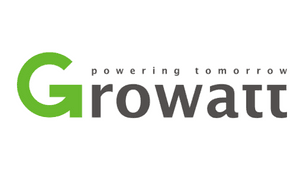)
)
)
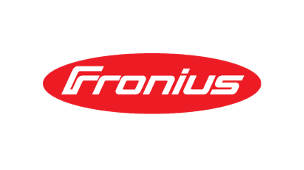)
)
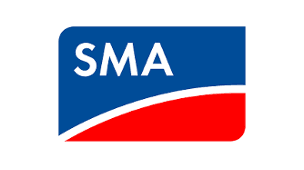)
)
)
)
)
)
)
)
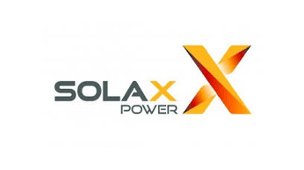)
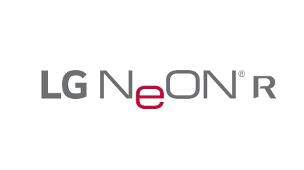)
)
)
)
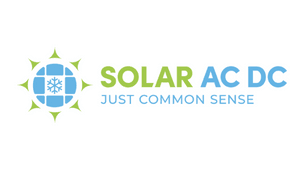)
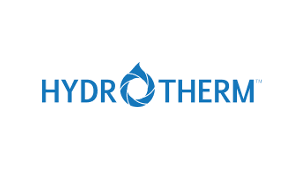)
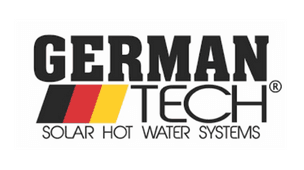)

